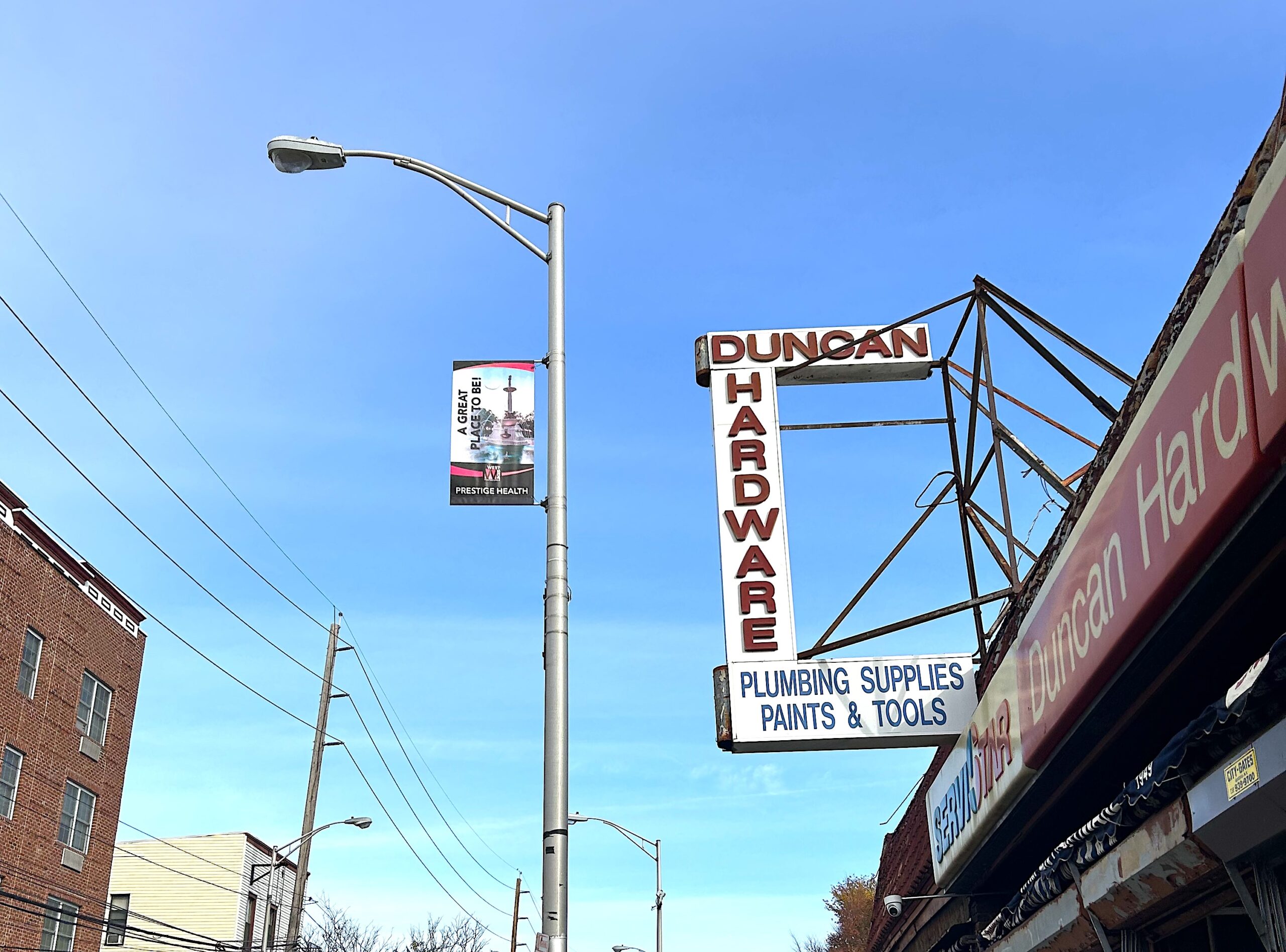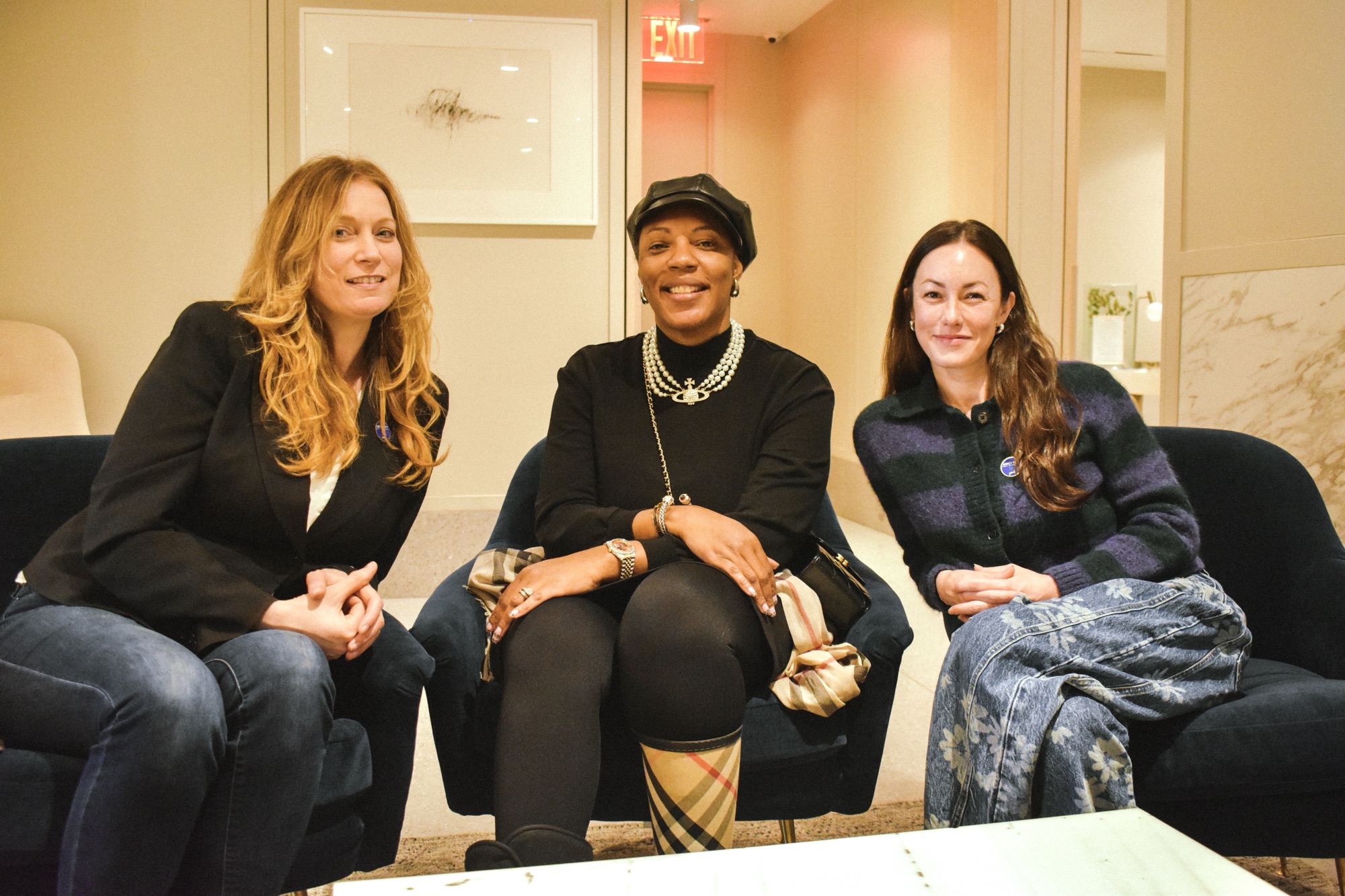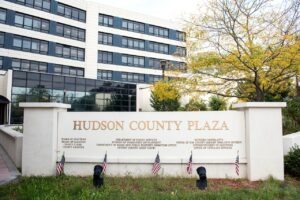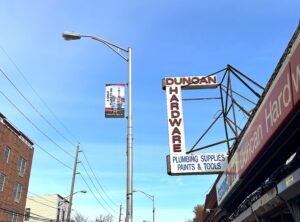Illustration by staff illustrator Sakura Siegel.
Jordan Ververka remembers when he first got his license.
The 22-year-old, lifelong Bayonne resident had always been aware of the new developments occurring throughout the city, but it was not until he started driving that he really noticed how unavoidable the effects on the community are.
“It seems like everywhere I drove there were road closures and new buildings everywhere I turned,” Ververka told Slice of Culture. “The amount of new buildings has only made the already bad parking situation in the city worse.”
The city of Bayonne has been going through a lot of changes within the past decade. It seems as though new luxury apartments and high-rise buildings are appearing on every street corner – all while many lifelong residents and homeowners continue to leave.
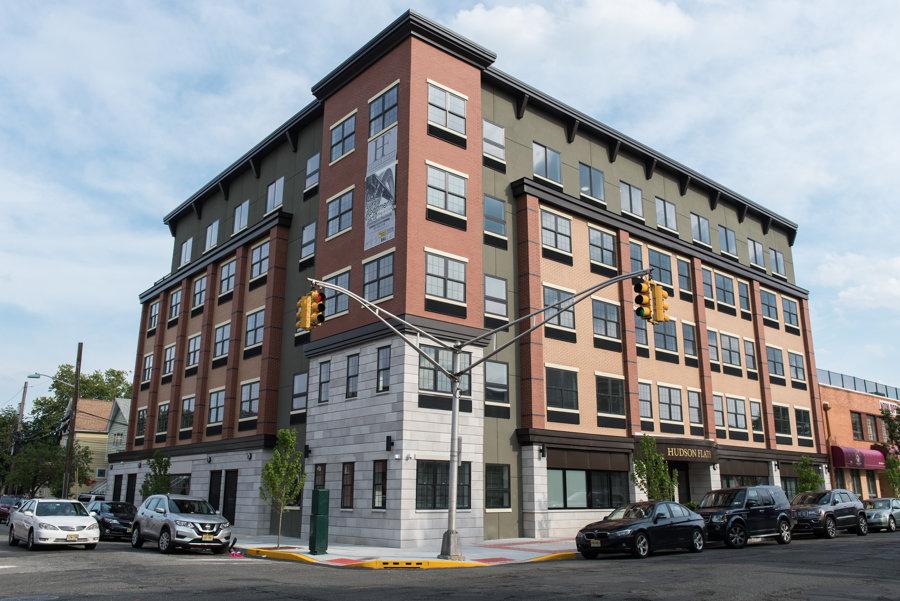
Once known as the “Peninsula of Industry,” the city saw its population peak in the 1930s when the city had an abundance of refining and factory jobs. However, as the amount of industrial jobs began to shrink in the following decades, so did the city’s population, until it began to level out in the 2000s.
The city’s new developments have served to try and reverse this decline and help boost the city’s population again.
“Development in Bayonne in recent years has reversed a long period of decline. From Census 2010 to Census 2020, we experienced our biggest population growth since the 1920’s,” Bayonne Mayor Jimmy Davis told Slice of Culture.
The city saw a population growth of 13.9 percent between 2010 and 2020 according to U.S. census data, with the number of residents rising from 63,024 to 71,686.
Although, this growth did not come without a cost, as many long-time citizens feel that the town has not changed for the better.
Gentrification is defined by Merriam-Webster as, “a process in which a poor area (as of a city) experiences an influx of middle-class or wealthy people who renovate and rebuild homes and businesses and which often results in an increase in property values and the displacement of earlier, usually poorer residents.“
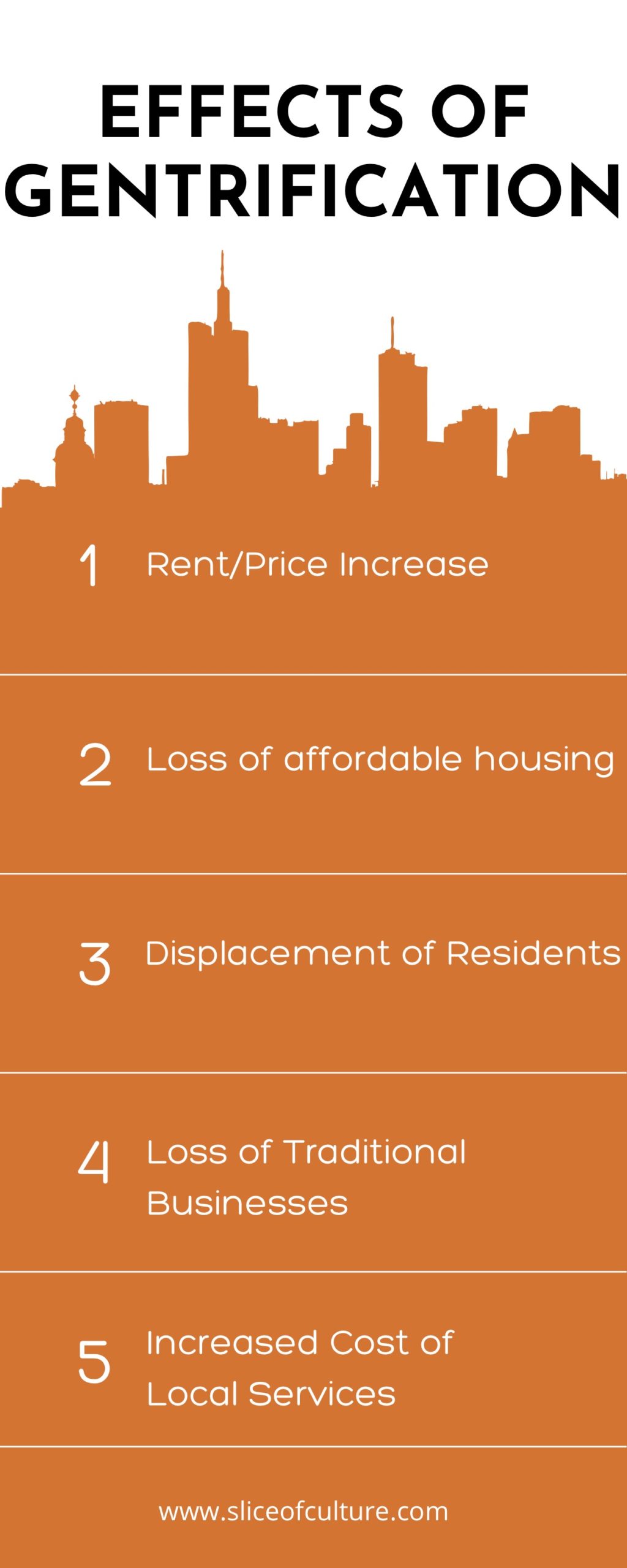
This is something that can be seen in many cities across the country, especially in Hudson County. One must only look at Hoboken or Downtown Jersey City to see the end result of gentrification.
“While many residents understand the need for economic growth, home owners must feel that they are paying an unfair burden,” said another life-long resident, Rob Trimblett.
Many large development companies get large tax abatements from the city in order to build these new apartments.
Others see the lack of investment into the community itself to be a problem.
“All these high-rise buildings take away from that small town feeling. Overcrowded schools, fewer churches, with more cars which brings more pollution with the additional traffic and fewer parking spots,” resident Antonio Senatore, a member on Facebook Group Bayonne Talks, told Slice of Culture.
“I’m all for progress but this is way too much happening all at once.”
“Bayonne is one big paradox,” said Ververka. “They are not focusing on funding community developments because they are building apartments, banking that will attract a new high class of residents, but there needs to be stores and restaurants in order for anyone to want to move to Bayonne.”
Other major developments planned for the city include a film studio on first street, which plans to bring hundreds of millions dollars to the city. Many feel this could only serve to increase some of the problems Bayonne is currently facing. However other feel this may be a development that will be beneficial to the city, even those
“It creates jobs. Residential communities put a strain on the school system. From a traffic engineering perspective the movie studio would only generate traffic in morning, lunch, and evening,” said Ververka.
“A residential community generates more trips per day because people have different work schedules, need to go grocery shopping, etc.”
As for the Davis Administration, they hope to create more opportunities within the city with its developments.
“Our Administration will continue to pursue economic development, so that Bayonne can have more jobs and a brighter future,” Davis said.

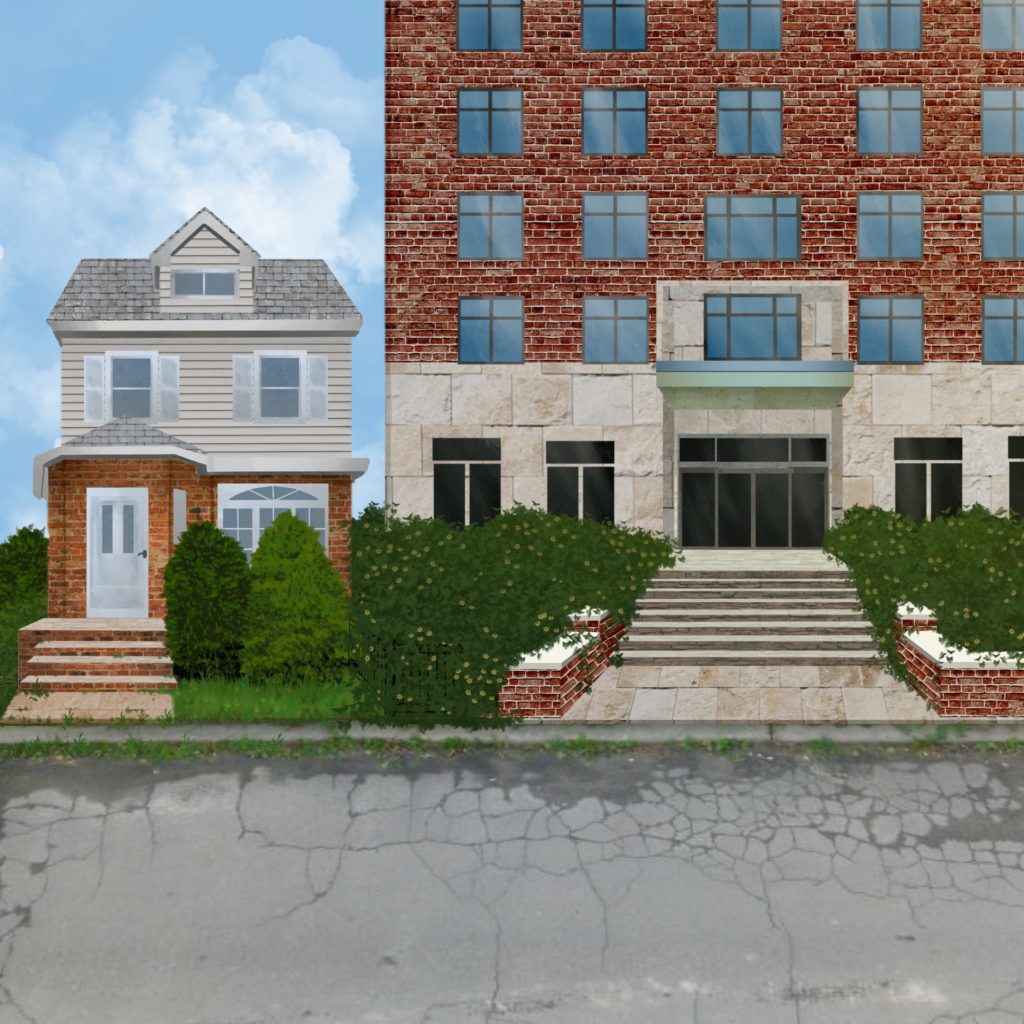

 Get your slice of culture from NJ
Get your slice of culture from NJ Hudson County born & raised
Hudson County born & raised The Locals + The Culture
The Locals + The Culture “Best Grassroots Journalism” @njspj + @njcivicinfo grantee
“Best Grassroots Journalism” @njspj + @njcivicinfo grantee



 We stopped by Excel
We stopped by Excel










 E
E









